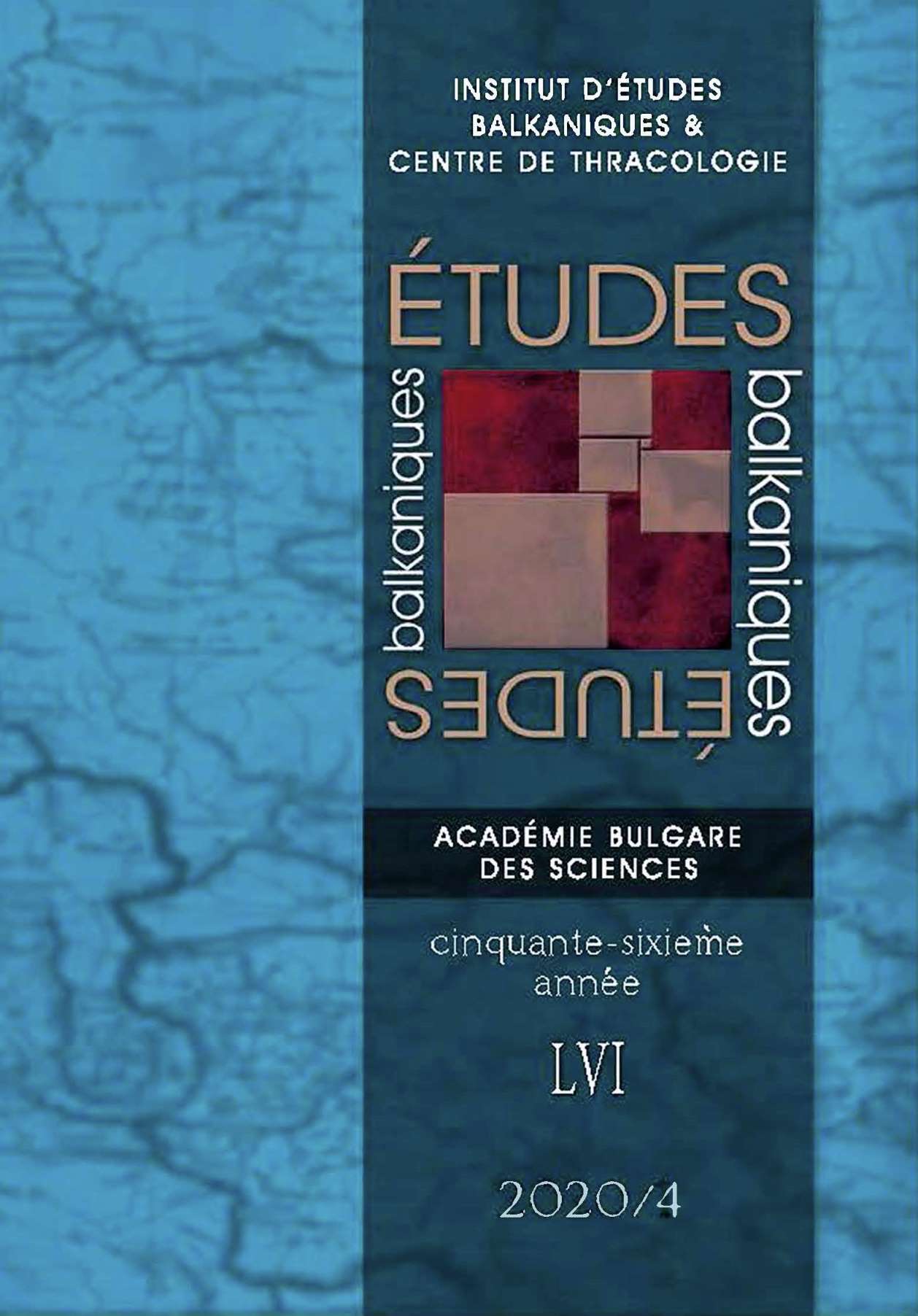DRACHEN- UND RIESENGESTALTEN IN GEORGISCHEN UND BULGARISCHEN VOLKSMÄRCHEN
THE IMAGES OF DRAGONS AND GIANTS IN GEORGIAN AND BULGARIAN FOLKTALES
Author(s): Elene GogiashviliSubject(s): Anthropology, Social Sciences, Language studies, Language and Literature Studies, Customs / Folklore, Studies of Literature, Bulgarian Literature, Cultural Anthropology / Ethnology, Theory of Literature, Georgian literature
Published by: Институт за балканистика с Център по тракология - Българска академия на науките
Keywords: Folk Narrative Tradition; Mythology; Christianity; Saint George; Dragon-Slayer-Motif.
Summary/Abstract: In Eastern European folktales, the supernatural adversary appears often in form of a dragon, a snake or a giant. The same fantastic figures have symbolic meanings in Christian religion too. The article gives an account of Georgian and Bulgarian folktales, demonstrating pre-Christian and Christian thoughts in folk narrative tradition on the example of fairy-tale characters Dev (Giant in Georgian and Bulgarian folktales), Gvel-veshapi (Dragon in Georgian folktales), Zmej and Lamja (Snake in Bulgarian folktales). Because fairytales include elements of the nature-based religions of the ancients, it stands to reason that Christian religion is also reflected in them. An overview of folkloric materials outlines the characteristics, constants and variables of the mythological and Christian images of snake, dragon and giant as well as pagan folkloric transformations of the folk beliefs in these beings. This article presents a comparison of the typology of Georgian and Bulgarian folktales in context of their cultural traditions.
Journal: Études balkaniques
- Issue Year: 2020
- Issue No: 4
- Page Range: 828-847
- Page Count: 20
- Language: German
- Content File-PDF

